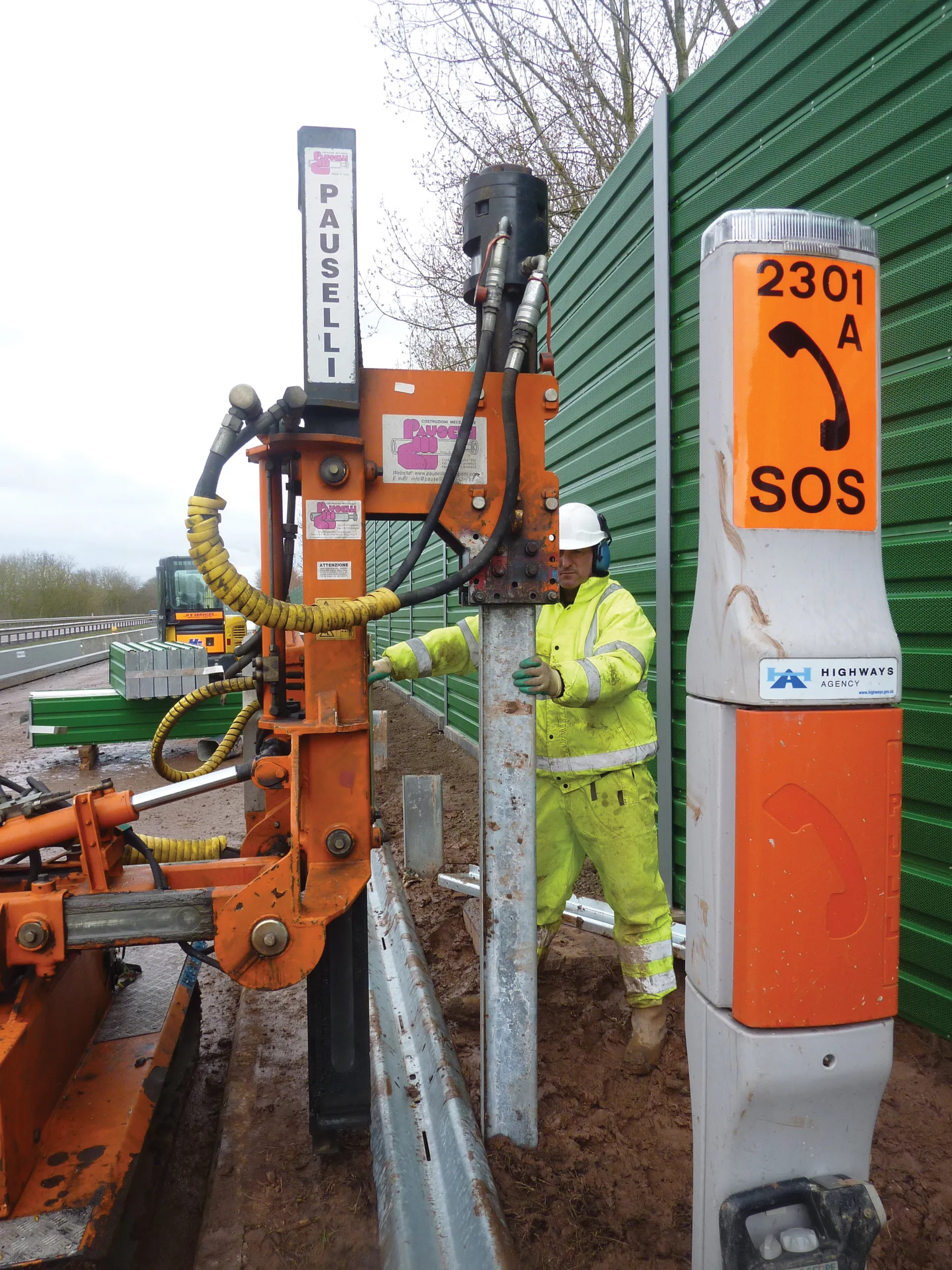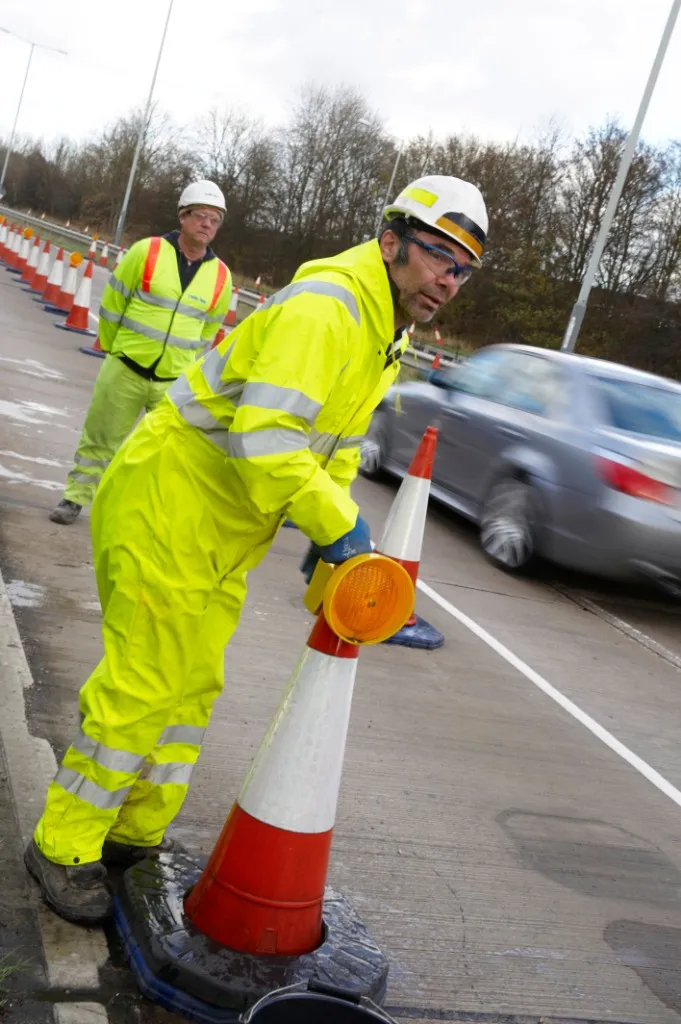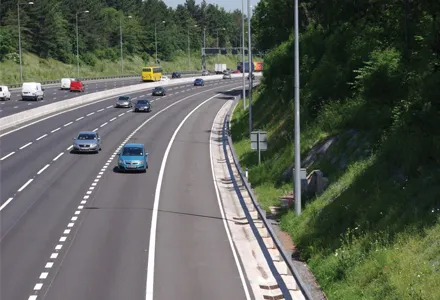HOLGATE INFRASTRUCTURE & Motorway Services has supplied vehicle restraint systems and noise attenuation panels to major highway upgrade projects in the UK. The firm has installed Vetex crash barriers and high performance aluminium noise barriers on the M50 Linton upgrade for Alu Griffiths and Amey. Holgate has also supplied the noise barrier package on the M74 Glasgow motorway extension. Interlink M74 Joint Venture, comprising of Balfour Beatty Civil Engineering along with equal joint venture partners Morga
February 15, 2012
Read time: 2 mins

HOLGATE INFRASTRUCTURE & Motorway Services has supplied vehicle restraint systems and noise attenuation panels to major highway upgrade projects in the UK. The firm has installed Vetex crash barriers and high performance aluminium noise barriers on the M50 Linton upgrade for Alu Griffiths and Amey. Holgate has also supplied the noise barrier package on the M74 Glasgow motorway extension. Interlink M74 Joint Venture, comprising of 1146 Balfour Beatty Civil Engineering along with equal joint venture partners Morgan EST, Morrison Construction and Sir Robert McAlpine, are responsible for the contract worth €512 million (£445 million) to design and construct an 8km extension to the M74. This extension will reduce congestion on the busiest stretch of the M8 through Glasgow.
Holgate is providing 12,000m2 of products to reduce noise along this built up route. The product selected was the Holgate High performance Aluminium absorbent system.
Holgate completed a full re-design of the project and the contract also includes the side fixing of reinforced transparent acrylic barriers from to the outside of seven bridge structures.
The contract is the largest single noise barrier project in the UK at present and sets a new standard in noise barrier specification in the UK which is consistent with best practice throughout Europe. Also in Scotland Holgate has recently been awarded the crash barrier contract for the A9 Crubenmore which requires 7.5km of Vetex barrier systems together with P4 terminals.
Holgate is providing 12,000m2 of products to reduce noise along this built up route. The product selected was the Holgate High performance Aluminium absorbent system.
Holgate completed a full re-design of the project and the contract also includes the side fixing of reinforced transparent acrylic barriers from to the outside of seven bridge structures.
The contract is the largest single noise barrier project in the UK at present and sets a new standard in noise barrier specification in the UK which is consistent with best practice throughout Europe. Also in Scotland Holgate has recently been awarded the crash barrier contract for the A9 Crubenmore which requires 7.5km of Vetex barrier systems together with P4 terminals.









